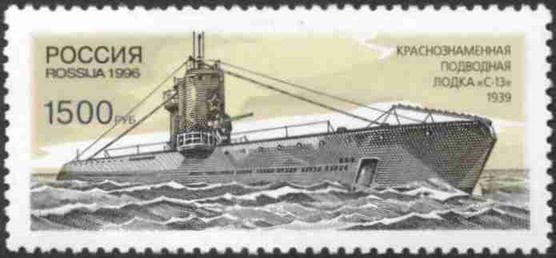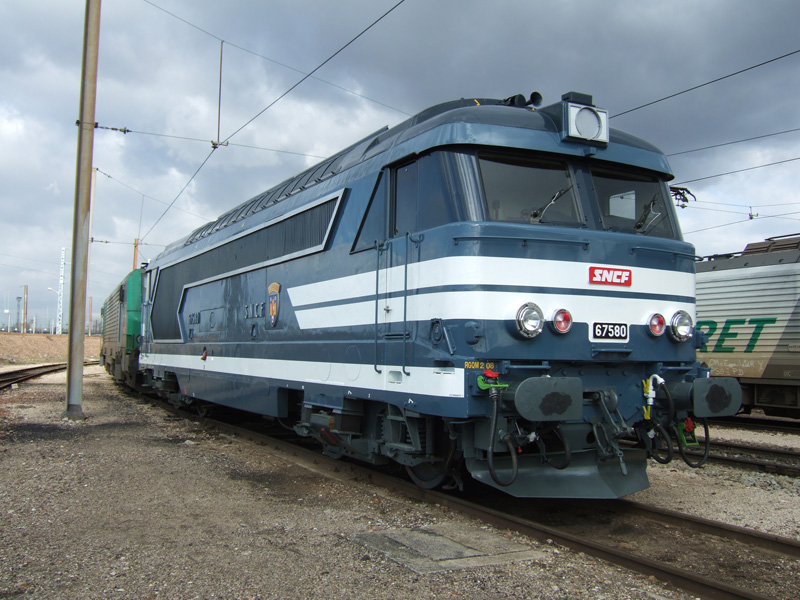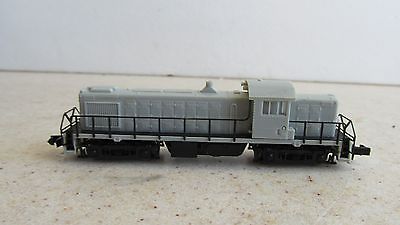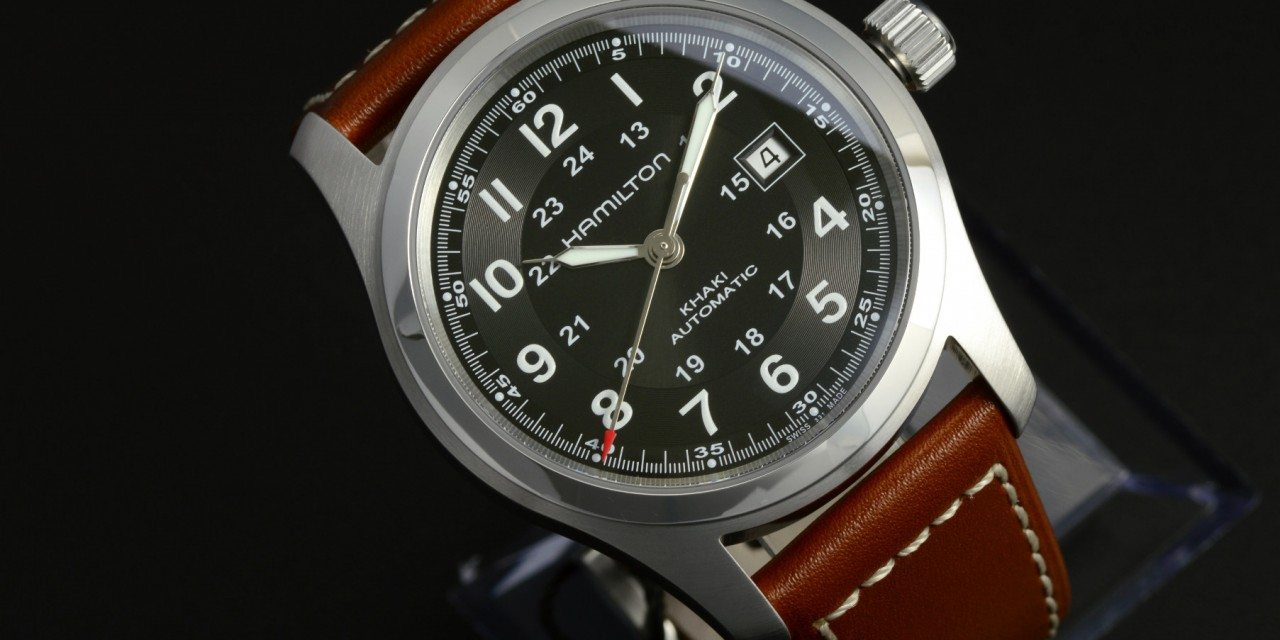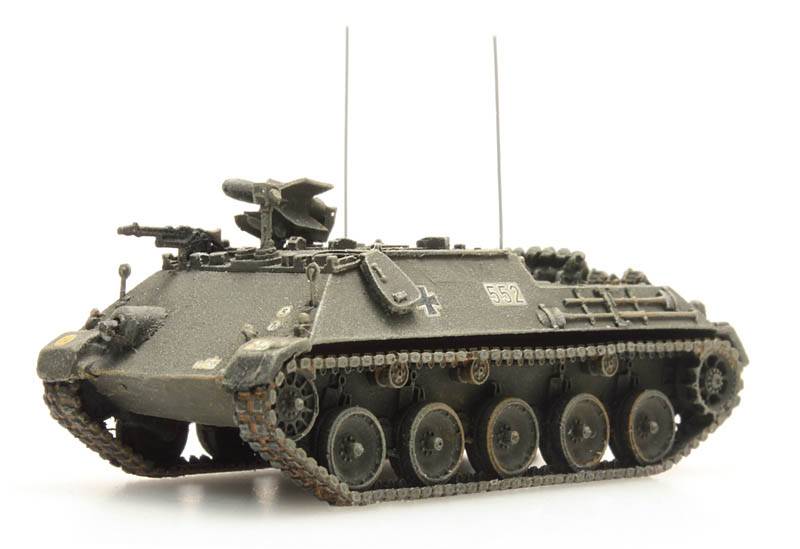S-13
| Name | S-13 |
| Nationality | Soviet Union (Details) |
| Pennant/Designation | S-13 |
| Period | World War II |
| Type | Submarine |
| Warship Class | Series IXbis (Details) |
| Year Launched | 1939 |
| Year Commisioned | 1941 |
| Last Year Active | 1954 |
| Source of Text | Wikipedia |
| Credit Link | Link |
History:
S-13 was a Stalinets-class submarine of the Soviet Navy. Her keel was laid down by Krasnoye Sormovo in Gorky on 19 October 1938. She was launched on 25 April 1939 and commissioned on 31 July 1941 in the Baltic Fleet, under the command of Captain Pavel Malantyenko. The submarine is best known for the 1945 sinking of Wilhelm Gustloff, a German military transport ship. With a career total of 44,701 GRT sunk or damaged, she is the highest-scoring Soviet submarine in history.
Class:
The S-class or Srednyaya (Russian: "medium") submarines were part of the Soviet Navy's underwater fleet during World War II. Unofficially nicknamed Stalinets (Russian: Cталинец, "follower of Stalin"; not to be confused with the submarine L-class L-2 Stalinets of 1931), boats of this class were the most successful and achieved the most significant victories among all Soviet submarines. In all, they sank 82,770 gross register tons (GRT) of merchant shipping and seven warships, which accounts for about one-third of all tonnage sunk by Soviet submarines during the war.
Instead of German engines, domestically produced 1D turbo-diesels were installed. Unlike their foreign counterparts, they had (for the same power) slightly higher speeds and were non-reversible. To accommodate turbocompressors and other additional systems, exhaust manifolds were enlarged and various subsystems completely redesigned. In addition, domestically produced batteries were used. The open bridge was redesigned after requests from the crews, returning to traditional closed type. Later in the war boats were equipped with a Burun-M radio director, and the radios received an upgrade. Some boats were also equipped with periscope aerials, allowing the use of radio at periscope depths, and an ASDIC was mounted on most of the boats, significantly increasing patrolling and fire efficiency.
From Wikipedia
Instead of German engines, domestically produced 1D turbo-diesels were installed. Unlike their foreign counterparts, they had (for the same power) slightly higher speeds and were non-reversible. To accommodate turbocompressors and other additional systems, exhaust manifolds were enlarged and various subsystems completely redesigned. In addition, domestically produced batteries were used. The open bridge was redesigned after requests from the crews, returning to traditional closed type. Later in the war boats were equipped with a Burun-M radio director, and the radios received an upgrade. Some boats were also equipped with periscope aerials, allowing the use of radio at periscope depths, and an ASDIC was mounted on most of the boats, significantly increasing patrolling and fire efficiency.
From Wikipedia
Nationality:
The Soviet Union, officially the Union of Soviet Socialist Republics, was a socialist state in Eurasia that existed from 1922 to 1991. Nominally a union of multiple equal national Soviet republics, its government and economy were highly centralized.
Item created by: Lethe
on 2019-03-24 10:10:02
Last edited by: gdm on 2019-04-27 08:10:48
If you see errors or missing data in this entry, please feel free to log in and edit it. Anyone with a Gmail account can log in instantly.
Last edited by: gdm on 2019-04-27 08:10:48
If you see errors or missing data in this entry, please feel free to log in and edit it. Anyone with a Gmail account can log in instantly.


